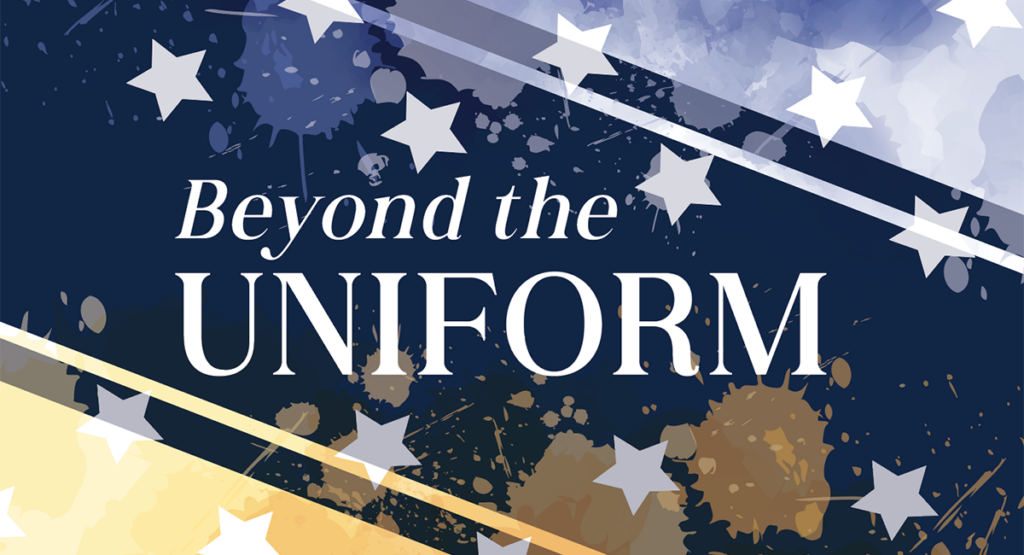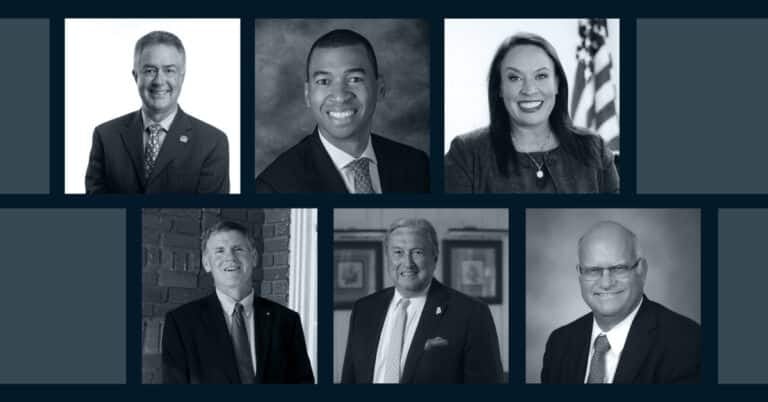Navigating the Transition from Military Service to Civilian Life
Veterans represent a diverse group of individuals who have served in the military, from various backgrounds and with different experiences. Their journey from service to civilian life can be both rewarding and challenging, as they face unique obstacles in reintegrating into society.
Who is a Veteran?
When we think of veterans, a specific im age often comes to mind—an older man with military accolades. However, veterans are far more diverse than many realize. They include men and women of different ages, races and backgrounds who served in various capacities across the military branches—Army, Navy, Air Force, Marine Corps, Coast Guard and even the Space Force. In Alabama alone, the National Center for Veterans Analysis and Statistics estimates there are over 377,000 veterans. Veterans could be the young woman beside you at a coffee shop, the business professional at your workplace or the teacher in your child’s classroom.
According to the U.S. Department of Veterans Affairs, a veteran is defined as anyone who has served in the active military, naval or air service and was discharged under conditions other than dishonorable. This also includes members of the National Guard or Reserves who were called to active duty.
Breaking the Stereotypes
The common stereotype of a veteran is often that of an older man, perhaps with military accolades on display, but this image is far from complete. The veteran you encounter may not fit the traditional image many envision. They could be a young woman who served in the Navy, a school teacher who was once stationed overseas or a business leader who served as a Marine. There’s no single “look” or persona that defines a veteran, and their military experience, while formative, is only one facet of who they are.
Transitioning to civilian life is a process that all veterans must navigate, and it comes with its own set of challenges. Many veterans struggle to adjust to the absence of the structure, teamwork and sense of purpose that military life provides. The military is a highly regimented environment with clear objectives and defined roles. On the other hand, civilian life is often unpredictable, with fewer immediate answers and more individualized perspectives. For veterans, this transition can feel disorienting and overwhelming, making them feel isolated or misunderstood.
Remembering Romay Davis
Romay Davis, a trailblazing World War II veteran and celebrated icon, recently passed away, leaving behind a remarkable legacy. Davis, a member of the 6888th Central Postal Directory Battalion—the first and only all-Black, all-female unit to serve overseas during World War II—helped clear a massive backlog of mail, ensuring soldiers could receive letters from home. Her contributions, along with her fellow unit members, have been recognized in a Netflix documentary that sheds light on their critical, yet often overlooked, role in the war effort. Romay Davis continued to break barriers throughout her life, including earning a black belt in her 70s and working until age 101. Her courage, resilience and dedication have left a lasting mark on history, inspiring generations to come.
FUN FACT: Davis attended Fashion School on her G.I. Bill and had a successful fashion design career for 30 years.
Challenges Veterans Face in Civilian Life
One of the primary challenges veterans encounter is finding civilian jobs that align with their military skills. Although veterans often possess valuable skills such as leadership, problem-solving and resilience, translating those skills into civilian roles can be difficult. Many veterans also experience workplace environments that are unfamiliar and less structured than the military, further complicating their adjustment. While their peers may lack understanding of the mental and emotional tolls of service, veterans often need to overcome stereotypes and misconceptions, like the idea that they are either too old or too rigidly trained for certain roles.
Why You Should Hire a Veteran
Veterans offer an array of talents that are beneficial across industries. Their military training has prepared them for high-pressure situations, leadership roles and teamwork. These skills transfer well to civilian sectors such as healthcare, technology, business and education. Veterans are adaptable, resilient and excellent problem solvers—traits that make them an asset to any organization. Unfortunately, stereotypes and misunderstandings often hinder veterans from getting opportunities that allow them to showcase these strengths.
Veterans may also face assumptions that limit their employment prospects, such as being seen as only suited for roles related to security or logistics. However, veterans contribute much more. They are often innovators and strategic thinkers, capable of excelling in diverse roles. When hiring veterans, employers aren’t just getting skilled workers; they’re getting team members who bring unique experiences, perspectives and leadership capabilities.
To effectively attract veterans to your company, it’s crucial to establish intentional systems that support both the hiring process and their transition into new roles. This involves defining clear expectations and processes for their positions. This will also help to brand your company in a way that resonates with veterans.
Numerous organizations can assist you in connecting with veterans seeking employment, such as the Employer Support of the Guard and Reserve (ESGR), the Department of Labor’s Veterans’ Employment and Training Services (VETS), and the Military Spouse Employment Partnership. The Department of Defense SkillBridge Program also enables employers to offer internships to military members nearing the end of their service, less than 180 days, helping them seamlessly transition into valuable roles within your organization.
The Value of Veterans in Civilian Life
Veterans make invaluable contributions to society long after their service ends. The skills veterans possess—leadership, adaptability, discipline—are essential in the civilian workforce, and supporting them through this transition benefits not only the veterans themselves but also the communities and workplaces they join.
Organizations like the Department of Veterans Affairs play a vital role in ensuring that veterans have access to the resources they need for a successful transition. As we honor and recognize veterans, it’s important to challenge the stereotypes surrounding them and appreciate the diversity and richness of their experiences. By doing so, we not only support veterans but also enrich our communities with their contributions.
Support and Resources for Veterans
The U.S. Department of Veterans Affairs (VA) and other organizations offer numerous resources to help veterans transition into civilian life. From education benefits to mental health services, these programs are designed to address the specific needs of veterans.
- TRANSITION ASSISTANCE PROGRAM (TAP): Offers career counseling, resume assistance, and interview preparation to help veterans navigate the job market.
- GI BILL BENEFITS: Provides financial support for education and training, helping veterans gain new skills and credentials for civilian careers.
- VA HEALTHCARE SERVICES: Veterans have access to comprehensive medical care, mental health services and specialized programs to address post-traumatic stress disorder (PTSD) and other service-related issues.
- VA VOCATIONAL REHABILITATION AND EMPLOYMENT (VR&E): Assists veterans with service-connected disabilities in finding employment and adapting to civilian work environments.
- VETERAN HOUSING ASSISTANCE: The VA offers programs for veterans struggling with homelessness or housing instability that provide affordable housing and assist with home loans.
Veterans can also find additional resources through SBA Services, Vets for Hope, the ADVA Website, 211 Connects Alabama, etc.







